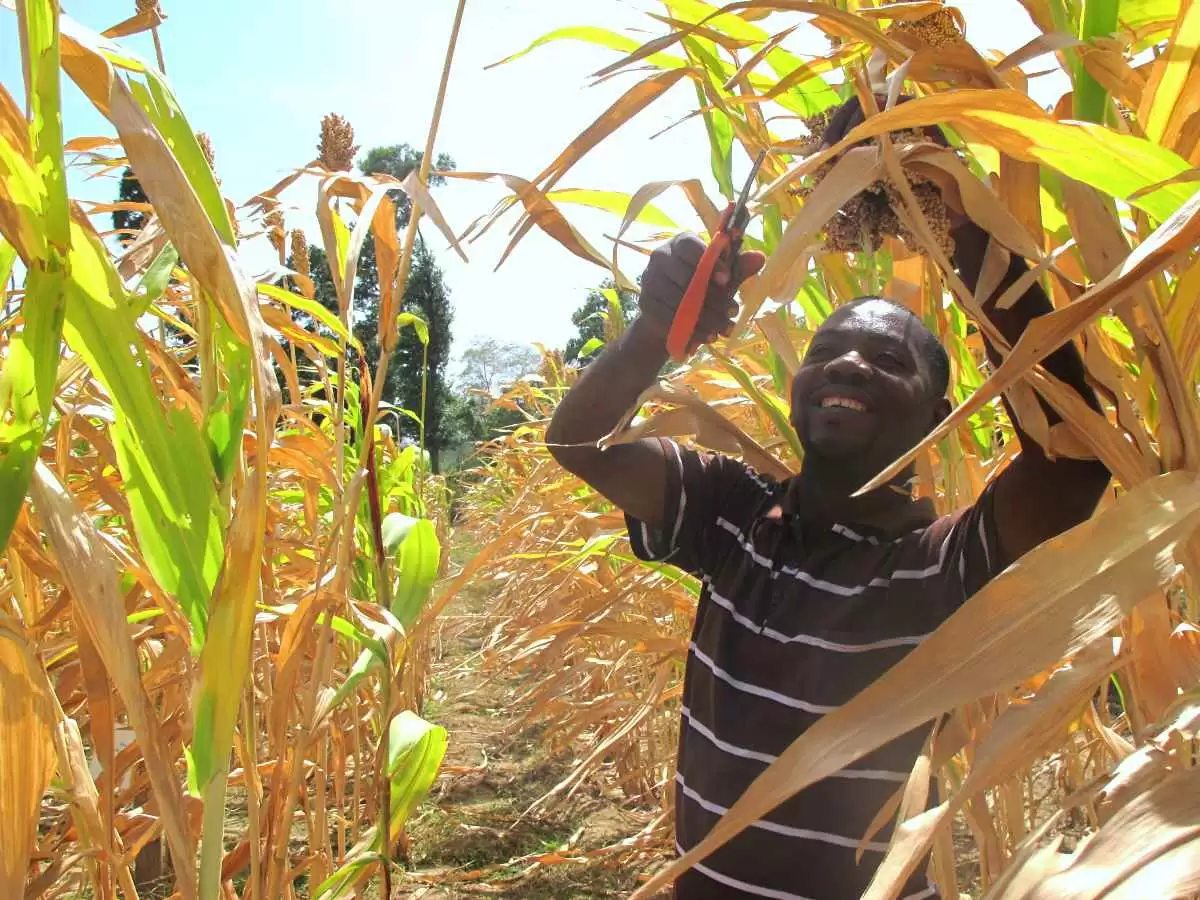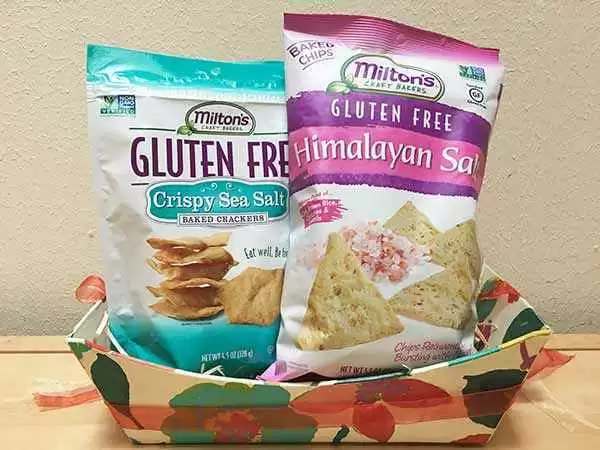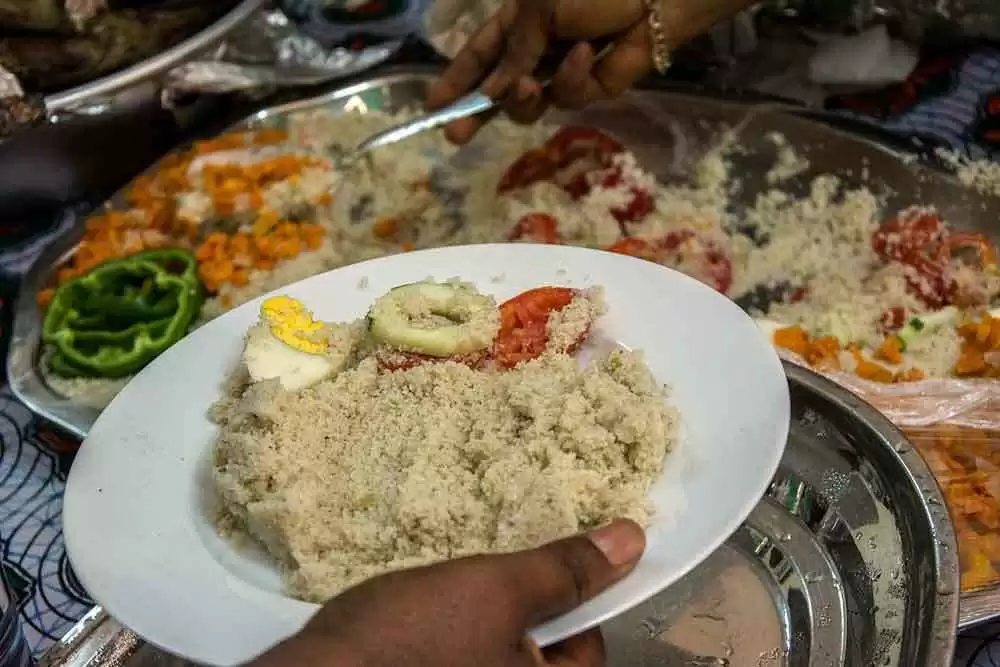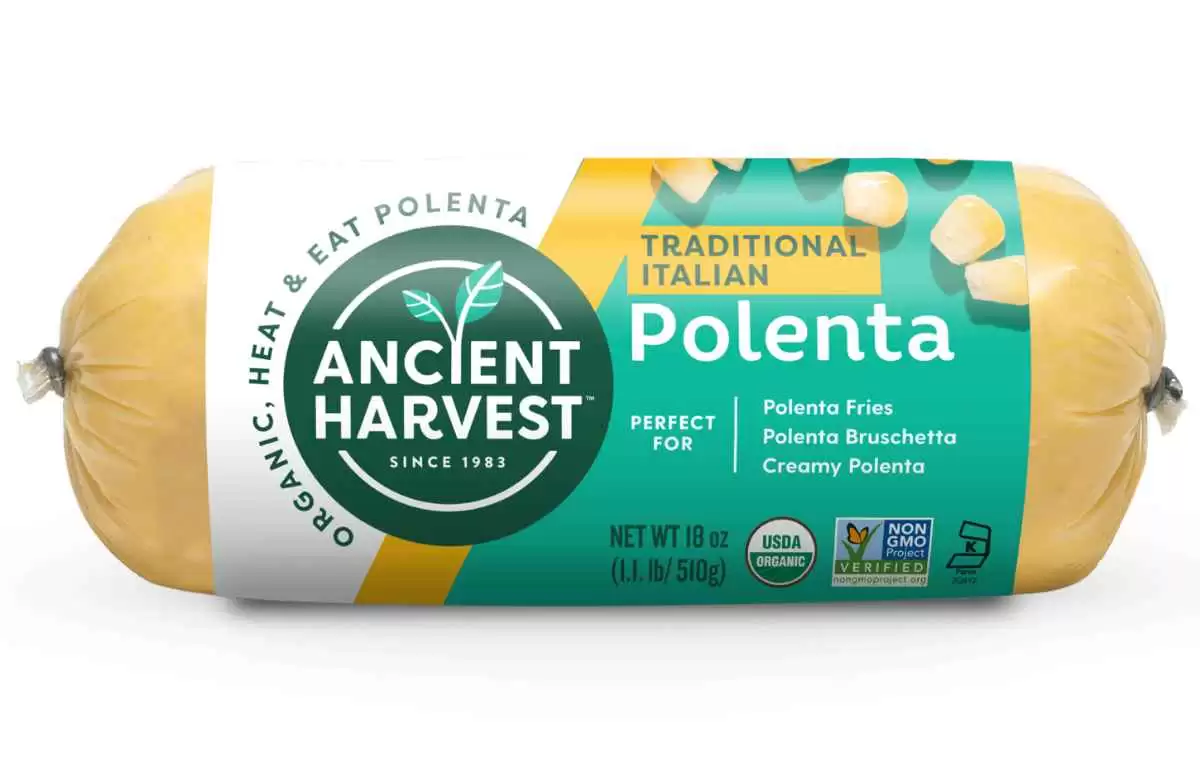
Celiac.com 10/12/2022 - A new EU-funded research project, InnoFoodAfrica, is looking to harness climate-resilient African crops to improve nutritional profiles of gluten-free foods. Consumption of gluten-free food products in Africa, as in many places, has increased in recent years. However these food products are often high in starch and low in protein and fiber.
One band of researchers for the project, VTT Technical Research Centre of Finland, are looking to use indigenous African grains, like amaranth, sorghum, or teff, to develop nutrient-rich, gluten-free crackers. Gluten-free crackers are typically made with maize or rice. By replacing those grains with climate-smart African crops such as amaranth, sorghum, teff, Bambara groundnut or cowpea, the goal is to enhance both the nutritional profile of gluten-free foods, and to also promote sustainable, climate-friendly crops that will help to drive a market for local gluten-free products.
Celiac.com Sponsor (A12):
In all, the researchers created 15 different crackers baked with maize flour replaced by 50% amaranth, sorghum, and teff, and 50% and 75% Bambara groundnut and cowpea flours. But the challenges are many. Cowpea has a strong bean flavor, and Bambara is bitter, while other grains, especially sorghum, have a sandy, grainy texture that limits the types of foods it can be used used in commercially. Much work will needs to be done with milling, processing and formulation to yield viable commercial products.
Another part of the project seeks to promote nutritionally balanced food consumption in urban areas. The idea is to eventually launch new foodstuffs made with climate-resilient crops into international markets.
Beyond understanding how the nutritional composition of gluten-free crackers could be improved by replacing maize flour with African crops, the researchers sought to assess how air-classifying and germinating some of those raw materials would affect the baking performance and physical profile for each type of cracker.
After a number of trials, the research teams report a ‘well-balanced’ process and raw material combination for the cracker production. From a nutrition standpoint, all crackers containing African crops were higher in fiber and protein than the 100% maize cracker, especially with Bambara groundnut and cowpea flours.
All of the crackers produced by the group, said researchers, "reached the high fibre and source of protein nutritional claims."
One of the main over-arching goals with the project is to help reduce infant mortality and malnutrition by making nutritious food for children to eat during their first year of life,” explained Morten Sivertsvik, Research Director at Nofima. To this end, the project could provide tremendous benefit for both celiac and non-celiacs alike. Stay tuned for more on this and related stories.
Aside from Nofima and VTT, other members of the InnoFoodAfrica consortium include Puratos and the Institut National d’Etudes Superieures Agronomiques de Montpellier.
Read more at foodnavigator.com



.webp.f5bff61dda030a63f381ba014d093e36.webp)







Recommended Comments
There are no comments to display.
Create an account or sign in to comment
You need to be a member in order to leave a comment
Create an account
Sign up for a new account in our community. It's easy!
Register a new accountSign in
Already have an account? Sign in here.
Sign In Now